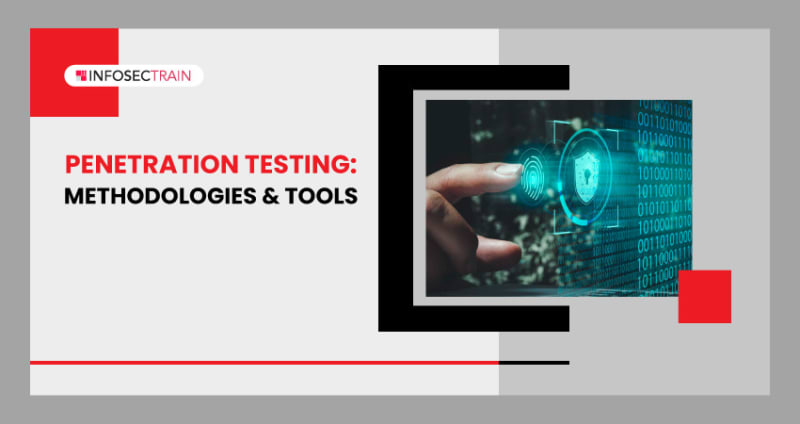What is Penetration Testing?
Penetration testing is a process of testing an organization's computer systems, applications, and network infrastructure to identify potential vulnerabilities and security weaknesses. It involves simulating a real-world attack by attempting to exploit these vulnerabilities using various methods. It is a critical comprehensive security testing program component and helps organizations identify and mitigate potential security risks.
Penetration Testing Methodologies
Multiple methodologies can be used for conducting penetration testing. Here are some standard penetration testing methodologies:
1. Open-Source Security Testing Methodology Manual (OSSTMM): It is a comprehensive penetration testing methodology emphasizing a 2. scientific approach to security testing. It covers both technical and operational aspects of an organization's security.
2. Open Web Application Security Project (OWASP): It involves a comprehensive set of testing procedures and techniques for testing web applications' security, covering all stages from planning to reporting.
3. National Institute of Standards and Technology (NIST): It is a guide for conducting penetration testing that includes a detailed methodology for planning, conducting, and reporting on testing activities.
4. Penetration Testing Execution Standard (PTES): It is a structured approach to conducting penetration testing that covers the entire process, from scoping to reporting, and provides detailed guidance on each step.
5. Information Systems Security Assessment Framework (ISSAF): It is a comprehensive and structured approach for conducting ethical hacking and security testing to identify vulnerabilities and assess the security posture of an organization's information systems.
Penetration Testing Tools
There are many penetration testing tools available; here are some standard tools:
1. Wireshark: A network protocol analyzer for monitoring, capturing, and troubleshooting network traffic.
2. Nmap: A network mapping tool that is used for port scanning, OS detection, and vulnerability scanning.
3. Nikto: A web server vulnerability scanner that can be used to identify potential security flaws in web servers.
4. Metasploit: A powerful framework for creating and executing exploits and payloads.
5. John the Ripper: A password-cracking tool that can be used to test password strength.
6. Sqlmap: An automated SQL injection tool that can be used to identify and exploit SQL injection vulnerabilities.
7. Burp Suite: A popular web application security testing tool that can be used for intercepting and modifying HTTP traffic.
8. Aircrack-ng: A wireless network security tool that can be used to crack WEP and WPA/WPA2-PSK encryption.
9. Nessus: A vulnerability scanner that is used to identify vulnerabilities in network devices and web applications.
10. Hydra: A password-cracking tool for brute-force attacks.
You can also refer to the related blogs:
● What is Penetration Testing?
● Top Methodologies to Improve Penetration Testing
● AWS Penetration Testing Tools
● A Clear Guide to Understanding Penetration Testing
Penetration Testing with InfosecTrain
Penetration testing has become increasingly popular among organizations in recent years as a proactive approach to security. By performing penetration testing, organizations can identify system or network vulnerabilities before attackers can exploit them. If you are interested in learning about penetration testing, InfosecTrain offers various training courses on the subject. Visit InfosecTrain to learn about our penetration testing courses, such as CompTIA PenTest+, CEH, Web Application Penetration Testing, Network Penetration Testing, Advanced Penetration Testing, CPENT, and other security testing training courses.
We also offer customized Pentester combo training courses.







Top comments (0)